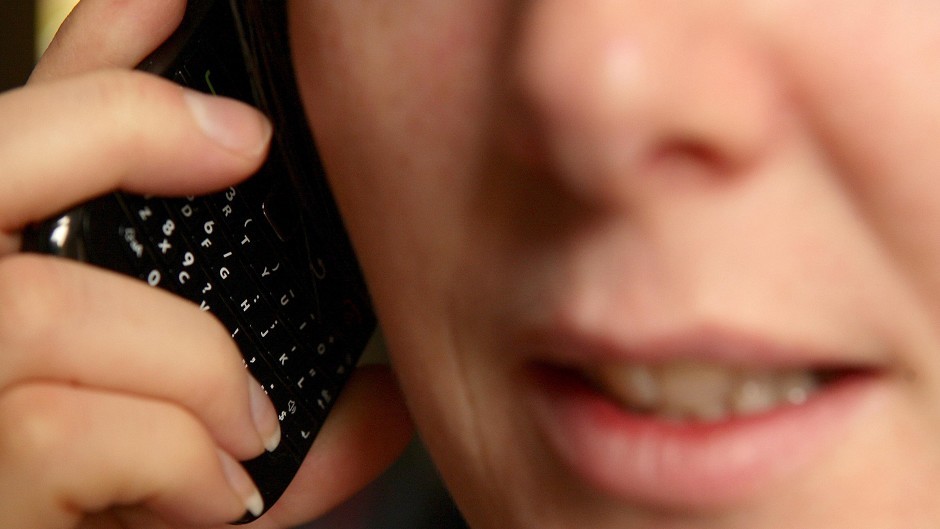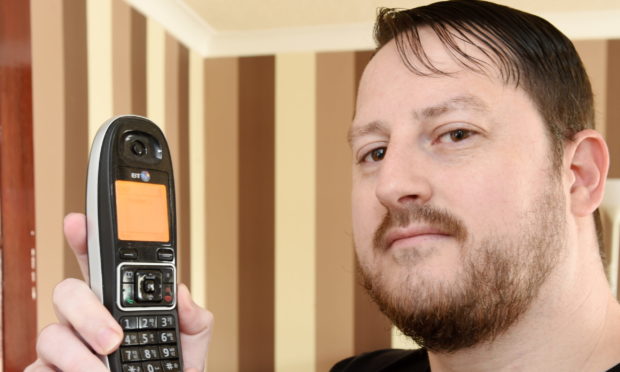A north professor has issued a warning after a fraudsters used a Highlands telephone number to try and steal £800 from a 95-year-old.
Imposters posing as bank staff called from an Ardgay-registered number requesting the pensioner in Manchester part with the sum.
The scam was quickly thwarted by concerned neighbours, but the issue has been highlighted in a bid to prevent others from falling foul of similar schemes.
Cyber expert Stephen Duncan, of Inverness College UHI, has said the process of masking a number is simple to carry out.
He said: “It is generally called caller ID spoofing or malicious number spoofing and it is the process of changing a caller ID on a phone to display any other number than the actual number that is typically assigned to the handset or phone.
“The number could look like something that is on a bank statement or a debit card or from a bank or local number.
“Effectively, the caller ID on the handset is lying to you.
“It is a huge unresolved problem which has been increasing through the speed of emerging technologies.
“There is effectively no way for the person receiving the call to unmask the false number.”
He added: “The scripts that these guys will use will try and pressurise you to get the information they want. So trying to stop that is a good thing.
“Most of the time it’s random and most people are savvy enough to say this doesn’t sound right, but unfortunately some of the most vulnerable fall for it.
“Slow things down. Be very cautious so that you can investigate and don’t make rash decisions without thinking.”
Neighbour of the intended victim, Paul Marks-Jones, said: “The elderly are more trusting, particularly when somebody rings up claiming to be the bank because that may be how it happened in the past.
“When they are talking about large sums of money that may have been taken, it really does distress.
“We checked with her bank that no money had been taken.
“She was really upset, tearful and shaking. It is a large amount of money to a pensioner.
“It leaves you really angry to see people preying on the elderly and the vulnerable and trying to make it look like it’s a genuine claim.”
Police urge caution when dealing with scam callers

Police figures have revealed that since last August, 84 reports of safe account scams have been reported in the north-east – with more than £1million lost.
Detective Sergeant John Lumsden explained how the scams work and urged anybody receiving unsolicited calls to report these to police.
He said: “Typically, you’ll receive a call from someone pretending to be your bank or the police and they’ll say your account has been compromised and that you need to act fast to protect it. You’re encouraged to move your money into a ‘safe account’, but this is really the fraudster’s bank details.
“Sometimes the fraudster will advise you to hang up the phone and call the number on the back of their bank card to discuss the matter but stays on the line and pretends to be a bank employee, before instructing you to transfer money into a ‘safe account’.”
DS Lumsden advised that banks will never ask users to move money into another account and urged caution when security questions are asked.
He added: “If you believe you’ve been a victim of a safe account scam, please report it to the police on 101.
“We will deal with your case professionally and sensitively.”










